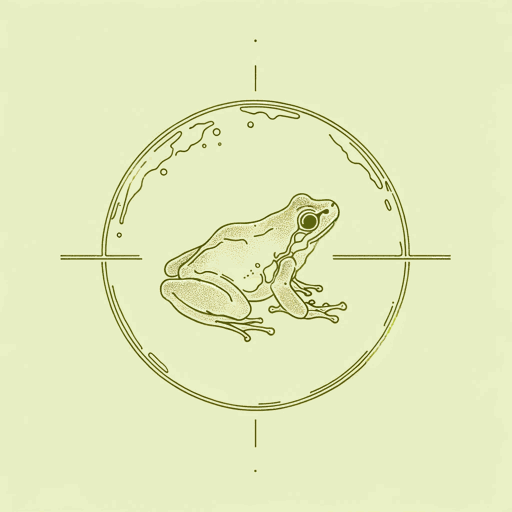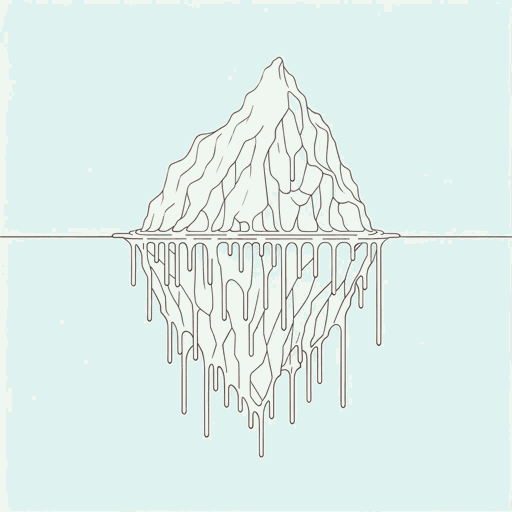49 pages • 1 hour read
Elizabeth KolbertThe Sixth Extinction: An Unnatural History (2014)
Nonfiction | Book | Adult | Published in 2014A modern alternative to SparkNotes and CliffsNotes, SuperSummary offers high-quality Study Guides with detailed chapter summaries and analysis of major themes, characters, and more.
Chapters 10-11Chapter Summaries & Analyses
Chapter 10 Summary: “The New Pangaea: Myotis lucifugus”
Kolbert opens this chapter by describing the hibernation processes of bats. This species prepares to hibernate in the late fall months by dropping their body temperature roughly 60 degrees; then “[i]ts heartbeat slows, its immune system shuts down, and the bat, dangling by its feet, falls into a state close to suspended animation” (193). When a group of wildlife biologists from Albany, New York conducted a bat census in a cave near the city in March 2007, they found nearly all the bats dead. Panicked, they brought back carcasses to test and photographed the few live bats remaining.
Upon examination, it looked like the bats had “been dunked, nose first, in talcum powder” (193), something these scientists had never seen before. The biologists reached out to colleagues, but no one had any idea what could have killed off so many bats. Al Hicks, the group’s supervisor, hoped that it was a one-off situation, but by the next winter, the situation had only worsened. Thirty-three bat caves in four different states contained dead bats covered in the powdery substance. Kolbert notes that “in some hibernacula, populations plunged by more than ninety percent” (194).
Over the next two winters, the powdery disease continued to spread, appearing in five more states one year, then three more states the year after that.
Related Titles
By Elizabeth Kolbert



